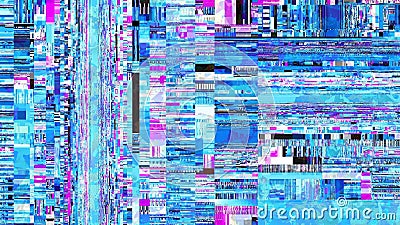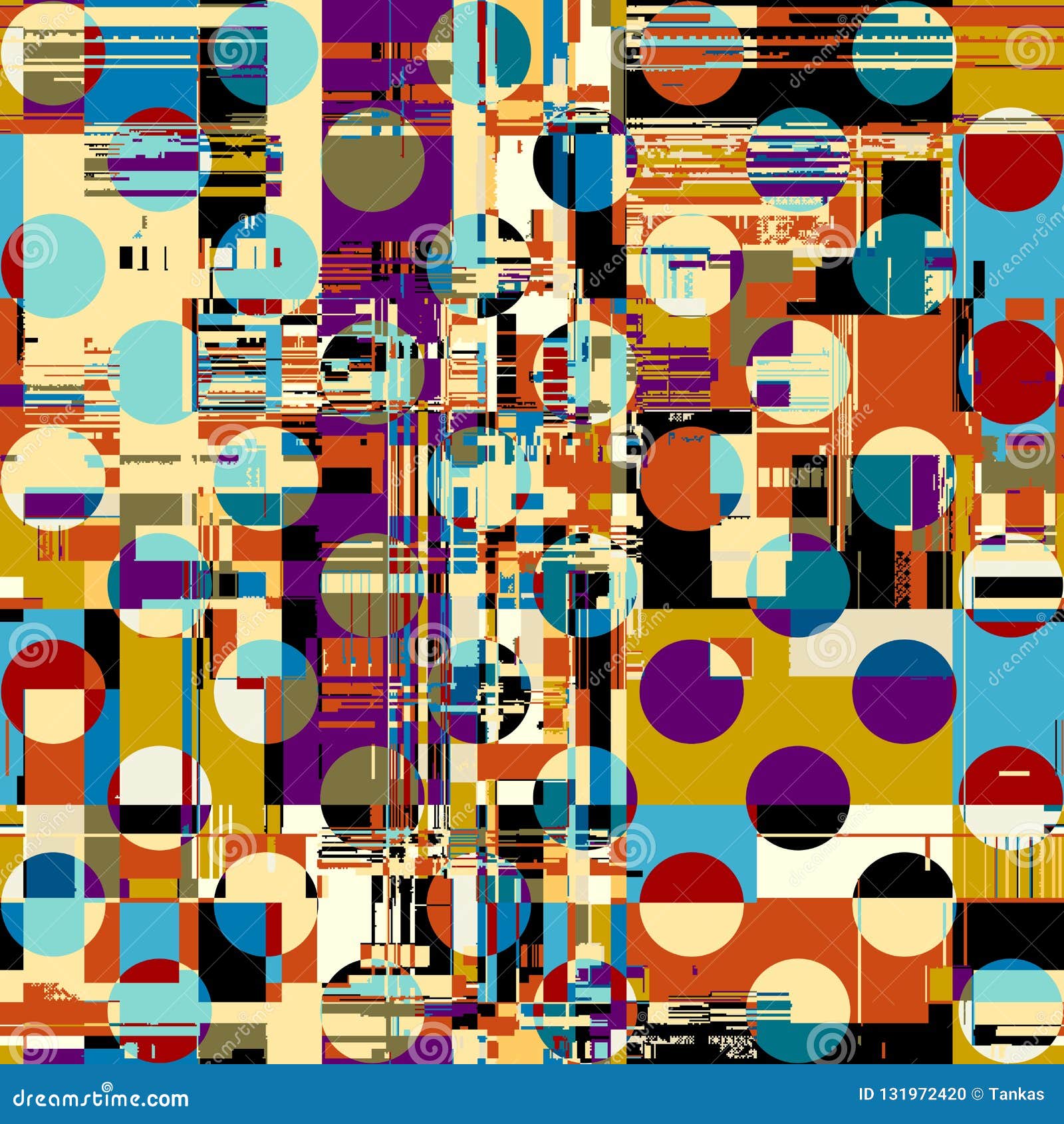

In the past, you’d have to download an old video editor that would “accidentally” corrupt the footage, but luckily, there’s now an After Effects plug-in to help you datamosh in one click.įollow the download instructions for the plugin, open After Effects, and drag two clips into your timeline next to each other. If you’re a fan of A$AP Rocky, you may have seen his music video for “Yamborgini High,” which features the datamosh effect pretty heavily:Īs you can see in the video, datamoshing is a process of purposely corrupting footage to make the pixels act strangely. Whether you are a DJ trying to make content to play during your sets or a music video creator looking for weird ways to match footage to your artist’s M.O., here are four ways to blend footage creatively. So in researching how to recreate these effects, I found that they are perfect for pairing different shots and smashing them into one - as well as creating off-the-wall transitions that are sure to keep your audience stimulated. For some reason, watching normal footage that’s been cranked into a visual spectacle is oddly hypnotic, and it’s hard to turn away from. On March 25th, 2012, the /r/brokengifs subreddit was launched, featuring animated GIFs created using datamoshing techniques.Looking for ways to crank up your footage? Here are four ways to use blending to turn normal shots into visual spectacles.Īs a fan of Adult Swim’s Off The Air content and regular attendant of EDM festivals, I’ve always been a fan of colorful visuals and eclectic imagery. On May 16th, 2011, YouTuber Yung Jake uploaded a music video titled "Datamosh," which included a variety of compression artifacts (shown below). Within the first four years, the video gathered more than 10.3 million views and 11,400 comments. On June 16th, rapper Kanye West released the music video for his song "Welcome to the Heartbreak" (shown below), which featured many datamoshed video artifacts. On February 24th, 2009, YouTuber datamosher uploaded a datamosh instructional video (shown below, left).

On August 2nd, 2007, YouTuber Michael Crowe uploaded a video titled "Takeshi Murata," which featured a montage of datamoshed videos (shown below). In 2006, a technique created by artists Betrand Planes and Christian Jacquemin transcodes one lossy video format into another was demonstrated with the modified DivX video codec DivXPrime.

According to the tech blog Bit_Synthesis published a post titled "Datamoshing – the Beauty of Glitch," the practice of datamoshing had been used by digital artists since at least 2005.


 0 kommentar(er)
0 kommentar(er)
